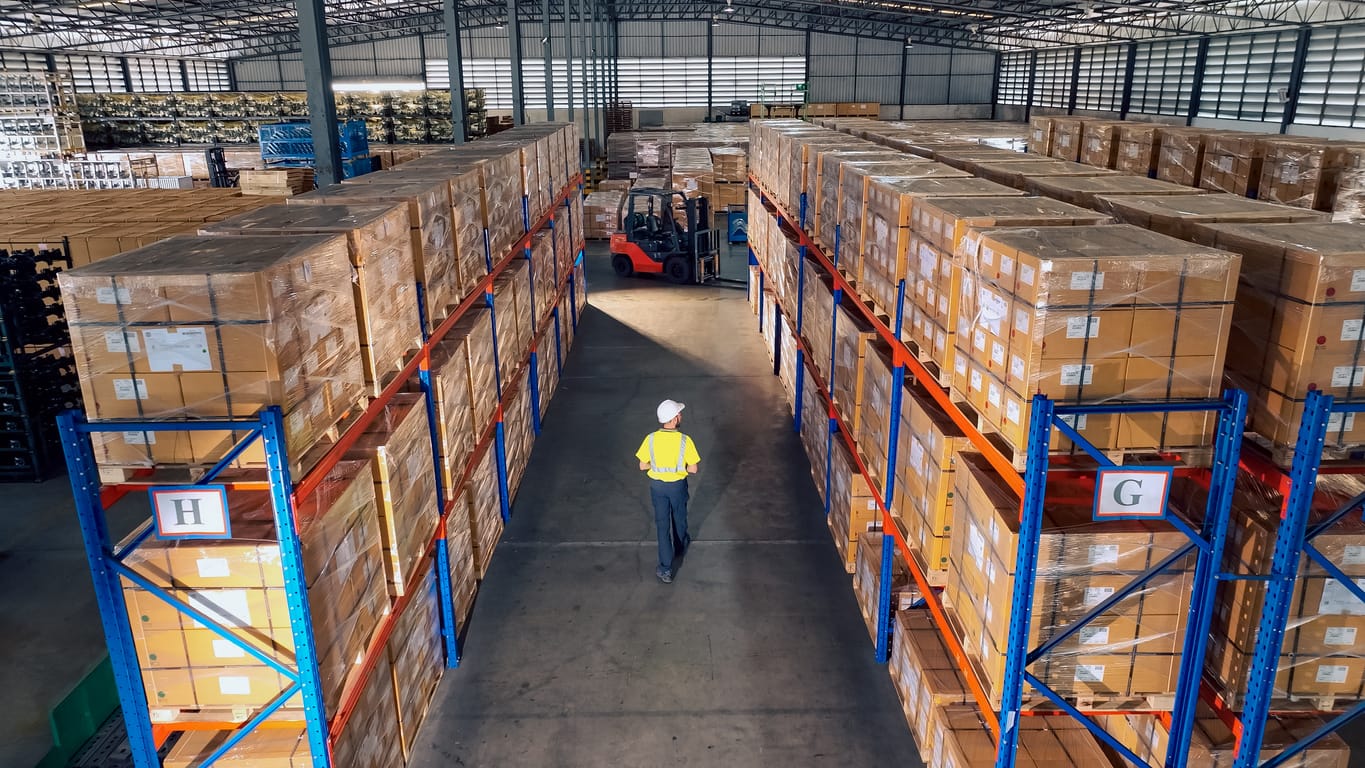COVID-19 has delivered both market and supply chain upheaval for many OEM sectors and Brexit will exacerbate matters. We still do not know the operating parameters that will be in place on Jan 1 2021. OEMs and their suppliers in particular are vulnerable on several counts. We look at mitigating actions to put in place now. The risks are real and considerable, and the key action is to ensure they do not become an existential threat to your organization. What might Chief Strategy Officers (CSOs) consider? How will Chief Operations Officers (COOs) act? What will Chief Product Officers change?
A growing demand meets supply challenges
The rise in adoption of cloud computing is certainly driving the growing demand for compute, storage, networking, and security across data centres and enterprise server rooms. Service providers, IT services companies, and solution providers will still need to source physical infrastructure components from ODM server manufacturers, branded OEM equipment providers and OEM server appliance companies. These OEM companies will still need to source from component manufacturers and distributors. For such OEM companies that have established distribution systems and globally connected supply chains, the political turmoil in various nations and their stability matters greatly.
Expect more disruption from changes in value chains and consumption models
COVID-19/Brexit are themselves subjects for PESTLE analysis. Suffice to say that each of these factors is in play and any one of them is liable to disrupt your processes. It is highly likely that a combination of them will impact every UK manufacturing business, and therefore OEM suppliers too, whether they source and manufacture within the UK or EU. Economic uncertainty and fluctuations due to COVID shutdowns present risks leading to demand volatility and currency variations. Social factors and sentiments in choosing supplier relationships, apart from quality and technological efficiency, are already impacting what gets made and where. The digital transformation of the manufacturing sector of Industry 4.0 initiatives aims to bring greater productivity and efficiency across entire supply chains. While green initiatives are intended to protect the environment, the result is the development of more energy-efficient products, from 3nm chips to alternative cooling options like immersion-cooled servers or natural wind tunnelling. We can only anticipate that this will impact server and rack design and technology. Disruptions abound when we couple these PESTLE factors with changes in consumption models and competitive movements of the players across the entire ecosystem of the ICT industry. Deep-seated changes that only recently appeared a distant possibility are now likely to happen sooner and with more frequency. Developing resilience and agility is a key priority.
Addressing the threats to OEMs
Higher component and supplies costs brought on by import tariffs, and logistics bottlenecks due to customs delays, are the two most obvious threats. Tier 1 suppliers are just as susceptible to disruption as OEMs themselves and therefore close collaboration is advisable. Sometimes called “alternate futures”, envisioning different multiple futures is an important step to developing the type of agility needed to successfully navigate the challenges ahead. If business owners and CSOs identify and prioritize uncertainties identified in something like the PESTLE analysis, and then model possible outcomes, they can at least lay down skeleton plans to be fleshed out and implemented should the need arise. Times have been relatively good for the past 20 years or more in terms of a stable manufacturing environment throughout the EU. Procurement then tends to focus solely on costs, value and ease of logistics, while risk assessment is often treated with a light touch. The first line of defence against the oncoming real threats is to draft strategies for risk transfer, avoidance, or reduction now by examining these areas:
- Manufacturing partners
- Supply chains and Operations
- Logistics – inbound and outbound
Manufacturing partners – consolidate or diversify?
For OEMs, manufacturing partners and Tier 1 suppliers are the single biggest links in supply chains and therefore represent the greatest individual risk element. The partners that have proved most reliable may be worthy of managing more of your manufacturing or procurement spend, thus consolidating your vendor base. They have consistently delivered a steady flow of your inventory and meeting peaks in demand. On the other hand, diversifying your sources and manufacturing partner strategy may be more appealing. Confidence can only be achieved by drilling down into granular detail because every component and lower tier supplier is a potential point of failure. One way to consolidate and diversify at the same time is to establish edge manufacturing strategies. Edge manufacturing strategies offer OEMs the ability to diversify and reduce the risks to production flows of product lines while meeting customized needs. OEMs that supply markets throughout Europe may favour outsourcing and exploring alternative value-added edge manufacturing with partners like AMAX in EU countries. Short of relocating the operation there, or opening another facility in the EU, covering off risks is a priority.

Supply chains and operations
High-efficiency supply chains with limited flexibility are at greatest risk and must prioritize measures to build resilience. Pinch points in global supply chains due to lockdowns and delays to logistics are likely to continue into 2021. Solutions and workarounds need to be identified, planned for and tested, ready to be implemented quickly when required. The UK’s Chartered Institute of Procurement and Supply (CIPS) warns that far too few UK businesses have addressed resilience in supply chains – fewer than 50% they reckon. Leveraging Vendor-Managed Inventory (VMI) and collaborative planning, forecasting, and replenishment delivers risk reduction benefits far beyond simply minimizing stocking and warehousing costs. OEMs generally have this strategy in place to varying degrees and now is the time to examine ways of extracting greater protection for the operation.
Logistics – inbound and outbound
As reported in the Independent newspaper, “New port checks will be necessary even if the UK avoids crashing out without a deal, because even an agreement will not allow the free-flow of goods that takes place now.” Bloomberg follows up by assessing the new Goods Vehicle Movement Service intended to prevent trucks with incorrect paperwork arriving at UK ports. Its success depends on the government delivering a new and untested computerized system in a timely manner, which in reality may have a low probability of occurring, or of operating smoothly from Day 1. Strategic geographic positioning of facilities may be an appropriate option for many OEMs, especially those dependent on EU markets. This is especially true because of the open-ended nature of these uncertainties. Even the UK government sees logistics disruption lasting until October 2021, which may prove to be an optimistic view.
Opportunities for organic growth and expanding facilities
At a strategic level, the economic effects of the pandemic will inevitably weaken many businesses. The UK Government’s business relief schemes, such as employee furlough support, are scheduled to end early Q4/2020. That may precipitate the demise of weaker enterprises. OEMs may wish to consider looking out for acquisition opportunities in competitors, manufacturing, supply chain and operations facilities. Consider adding M&A watchfulness to a high level strategy as a potential solution finder to one or more of the above threats.

Doing nothing is not an option if survival is to be assured, especially as many threats cannot yet be quantified. Thinking through alternate futures is a first step to preparedness and to developing a basic level of agility planning. This is the easy part and should be actioned now. Contact AMAX in Shannon Ireland to discuss options on how to optimize your current product lifecycle and operations strategies.

